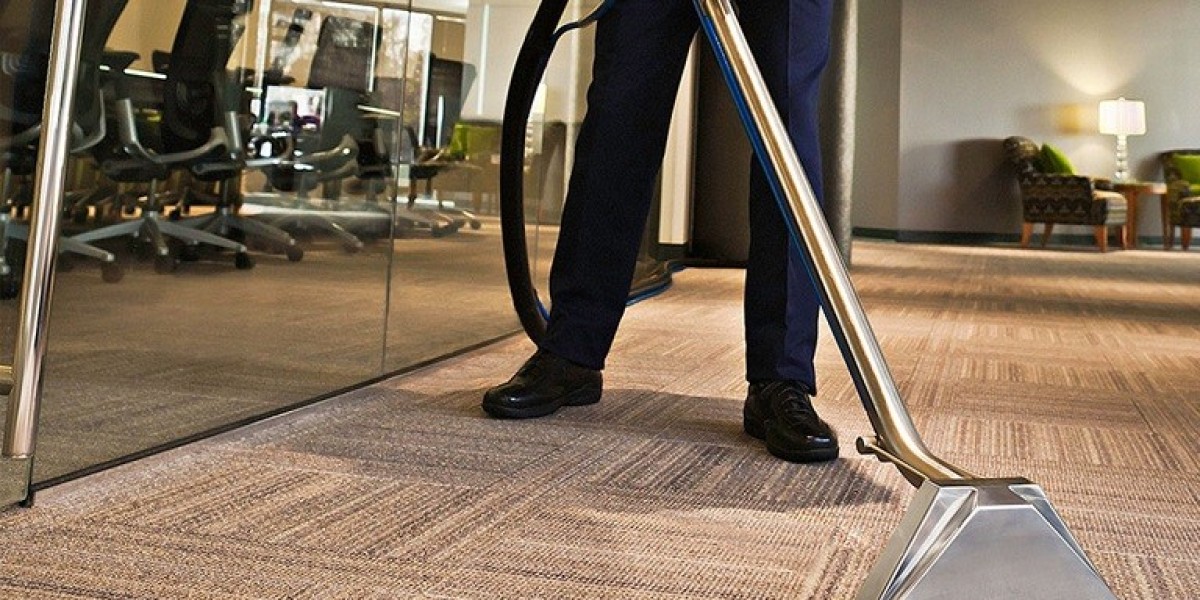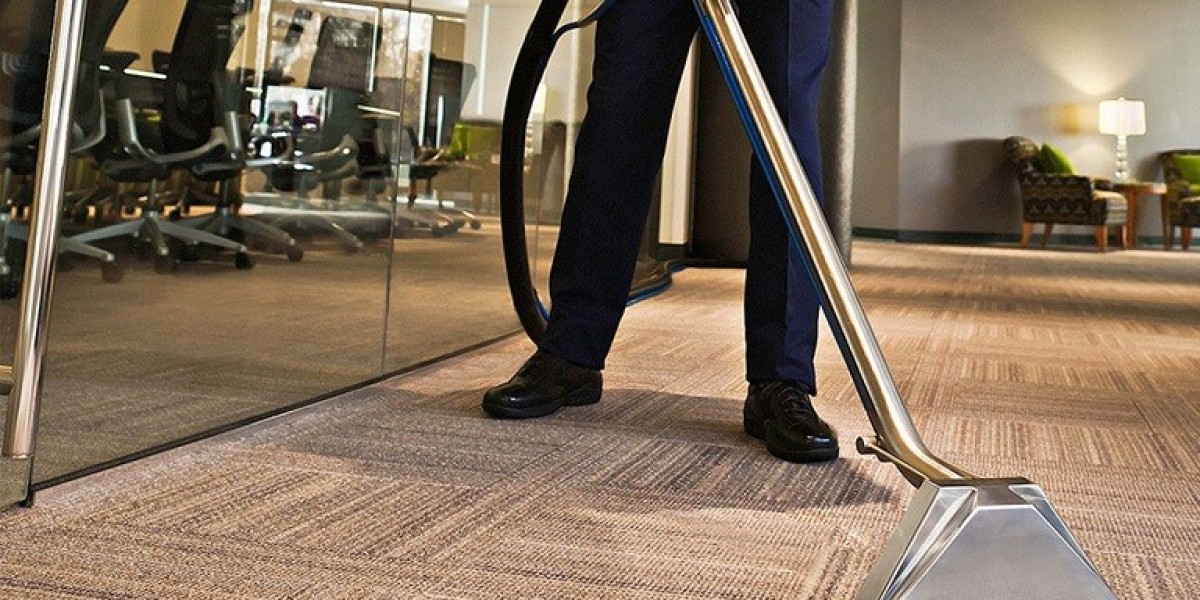Restoring Smooth Operation: A Comprehensive Guide to Repairing Your Bifold Door Top Pivot
bifold door repair services doors, also known as folding doors, are a popular option for making the most of space and producing a smooth transition between rooms or in between indoor and outside living locations. Their special folding mechanism permits broader openings than standard hinged doors, making them perfect for closets, kitchens, laundry spaces, and even as patio doors. Nevertheless, the smooth and efficient operation of a bifold door depends upon numerous crucial elements, and one of the most crucial, yet typically ignored, is the top pivot.
The top pivot is a small however vital system that sits on top corner of a bifold door panel, allowing it to turn efficiently within the track system. Over time, due to wear and tear, inappropriate positioning, and even accidental damage, this pivot can stop working. A malfunctioning top pivot can cause a host of frustrating concerns, from sticking doors and noisy operation to finish immobility. Luckily, fixing or changing a bifold door top pivot is frequently a workable DIY project, conserving you the cost of expert repairs and restoring the functionality of your door.
This extensive guide will walk you through the process of understanding, diagnosing, and fixing a bifold door leading pivot. We will check out the parts involved, identify common issues, equip you with the needed tools and products, and offer a detailed repair procedure. Whether you are an experienced DIY lover or a property owner tackling home repairs for the very first time, this short article will empower you to confidently address a defective bifold door top pivot and get your door running efficiently when again.
Comprehending the Top Pivot System
Before diving into the repair process, it's advantageous to understand the role of the leading pivot within the wider bifold door system. The leading pivot, in conjunction with the bottom pivot (often described as a guide or wheel), works to control the movement and stability of each door panel.
Usually, a bifold door system includes:
- Top Track: A metal track set up horizontally at the top of the door opening. This track houses the leading pivots and guides the door panel's movement.
- Bottom Track or Guide: Some bifold door systems use a bottom track, while others utilize a bottom guide that is either a pin or a wheel, interacting with a groove or channel on the flooring or door jamb. This bottom part helps stabilize the door panel and preserves alignment.
- Top Pivots: These are small, normally plastic or metal elements that are placed into the leading edge of the door panel and ride within the top track. They enable the door panel to pivot and slide efficiently along the track.
- Connecting Hinges: Hinges that connect the specific door panels together, permitting them to fold in a concertina design.
- Door Handles and Hardware: Hardware utilized for operating and protecting the bifold door.
The leading pivot bears a considerable load, facilitating the smooth gliding and folding action of the door. It requires to be robust adequate to stand up to constant use, yet exact enough to permit for simple and easy motion. Comprehending its function assists in appreciating why its correct function is so crucial to the overall operation of the bifold door repair expertise door.
Identifying Common Top Pivot Problems
Acknowledging the signs of a failing leading pivot is the very first step towards a successful repair. Here are some typical indications that suggest a problem with your bifold door's leading pivot:
- Sticking or Jerky Door Movement: The door ends up being tough to open or close smoothly, thinking twice or capturing as it moves along the track. This is often the most visible sign.
- Noisy Operation: You may hear grinding, squeaking, or clicking sounds as the door is run, showing friction or damage within the pivot system or track.
- Door Panel Drooping or Sagging: If the leading pivot is worn or broken, the door panel might droop slightly at the top, triggering misalignment and more impeding smooth operation.
- Noticeable Damage to the Pivot: Upon inspection, you might be able to see cracks, chips, or breaks in the plastic or metal parts of the top pivot itself.
- Door Jumping Out of the Track: In serious cases of pivot failure, the door panel may leap out of the leading track completely, ending up being entirely unusable and possibly damaging the door or frame.
- Increased Effort to Operate: If you discover yourself needing to exert more force than typical to open or close the door, it could be a sign of increased friction due to a failing pivot.
If you observe any of these symptoms, it is highly most likely that your bifold door's top pivot requires attention. Overlooking these problems can lead to further damage to the door, track, or surrounding frame, making the repair more intricate and pricey in the long run.

Tools and Materials You'll Need
Before you begin the repair, gather the essential tools and products to guarantee a smooth and efficient process. Having actually everything prepared ahead of time will conserve you time and aggravation.
Tools:
- Screwdriver Set: A Phillips head and flathead screwdriver will be essential for getting rid of and setting up screws related to the pivot and door hardware. Ensure you have numerous sizes to fit different screws.
- Pliers: Pliers can be practical for gripping and navigating little parts, specifically if the old pivot is stuck or hard to get rid of.
- Hammer (Optional): A lightweight hammer might be required to carefully tap the new pivot into place, if needed by the style.
- Measuring Tape: To ensure precise placement and positioning when setting up the new pivot.
- Pencil or Marker: For marking positions and making sure right alignment.
- Shatterproof glass: Protecting your eyes is vital when dealing with tools and hardware.
- Gloves (Optional): To safeguard your hands and offer much better grip.
Products:
- Replacement Top Pivot: This is the most important material. It's vital to acquire a replacement pivot that is compatible with your specific bifold door system. Take the old pivot with you to the hardware shop for comparison, or keep in mind down the door maker and model if possible. Leading pivots been available in different sizes and designs.
- Lubricant (Silicone Spray or Dry Graphite): Lubricating the track and brand-new pivot will ensure smooth, peaceful operation and lengthen the life of the pivot.
- Wood Filler or Wood Glue (Optional): If the screw holes holding the pivot in place are removed or harmed, wood filler or glue may be required to reinforce them.
- New Screws (Optional): If the existing screws are harmed or stripped, have a set of replacement screws of the proper size and type on hand.
Step-by-Step Guide to Repairing the Top Pivot
With your tools and products all set, you can now proceed with the repair. Follow these step-by-step guidelines carefully:
Step 1: Safety and Preparation
- Put on your safety glasses.
- Guarantee the workspace is clear and well-lit.
- Collect all your tools and materials and place them within easy reach.
Step 2: Inspect and Access the Top Pivot
- Thoroughly take a look at the top pivot of the problematic door panel to visually evaluate the damage. Look for cracks, breaks, or indications of wear.
- Identify how the pivot is connected to the door. Many are normally kept in location by screws.
- You might need to somewhat open or close the bifold door to gain better access to the leading pivot.
Action 3: Remove the Old Top Pivot
- Using the suitable screwdriver (usually Phillips head), carefully remove the screws securing the top pivot to the door panel.
- If the screws are stripped or hard to get rid of, you may need to use pliers to grip the screw head and carefully turn it. Prevent damaging the surrounding door material.
- Once the screws are gotten rid of, carefully pull out the old top pivot. If it's stuck, use pliers to carefully wiggle and pull it totally free.
Step 4: Prepare for the New Pivot (If Necessary)
- Inspect Screw Holes: Examine the screw holes in the door where the pivot was connected. If they are stripped or bigger, you may require to enhance them.
- For Minor Stripping: Apply a percentage of wood glue into the screw hole and let it partly dry for a few minutes. This will give the screws a better grip.
- For Severely Stripped Holes: Use wood filler to fill the stripped holes totally. Enable the filler to dry and harden according to the item directions. Once dry, pre-drill pilot holes somewhat smaller than the brand-new screws to ensure a secure accessory.
Step 5: Install the New Top Pivot

- Position the new top pivot in the same orientation as the old one was gotten rid of.
- Line up the screw holes of the brand-new pivot with the holes in the door panel.
- Place the screws and tighten them firmly with the screwdriver. Avoid overtightening, which might strip the screw holes or harm the pivot. Guarantee the pivot is securely connected but not excessively tight.
Action 6: Lubricate the Track and Pivot
- Use a small amount of silicone spray or dry graphite lube to the top track of the bifold door, focusing on the area where the top pivot will run.
- Also, lightly oil the moving parts of the new leading pivot itself. This will promote smooth operation and decrease friction.
Action 7: Test and Adjust
- Carefully run the bifold door, opening and closing it several times.
- Look for smooth, quiet movement. If the door still sticks or binds, re-inspect the pivot for proper installation and positioning.
- Guarantee the door panels fold and unfold correctly and that the door is not rubbing against the frame or track.
- If necessary, minor modifications to the pivot position or track positioning might be required. Consult your bifold door manufacturer's instructions for particular adjustment procedures if supplied.
Step 8: Clean Up
- Once you are pleased with the door's operation, tidy up your work location and put away your tools.
Fixing Common Issues
While fixing a leading pivot is typically straightforward, you might encounter some obstacles. Here are a few repairing tips:
- Pivot Doesn't Fit: If the brand-new pivot doesn't fit into the track or door, double-check that you have the appropriate replacement type. Compare it closely to the old pivot and the door specifications.
- Screws Won't Tighten: Stripped screw holes are a common concern. Refer back to Step 4 and use wood filler or glue to enhance the holes before attempting to tighten up the screws again.
- Door Still Sticks After Pivot Replacement: If the door still does not run smoothly after changing the pivot, the problem may lie in other places. Inspect the bottom pivot/guide, the track for debris or damage, or the door panel hinges for tightness.
- Door Panel Misalignment: If the door panels are not aligned correctly after repair, ensure the top pivot is effectively seated in the track and that the door panel is properly positioned within the frame. Look for any warping or damage to the door panel itself.
Keeping Your Bifold Door Pivots
Preventative maintenance can substantially lengthen the lifespan of your bifold door pivots and reduce the requirement for frequent repairs. Here are some valuable maintenance pointers:
- Regular Lubrication: Lubricate the leading track and pivots with silicone spray or dry graphite every couple of months to minimize friction and wear.
- Keep Tracks Clean: Periodically clean the top and bottom tracks to eliminate dust, dirt, and particles that can hamper smooth operation. Utilize a vacuum cleaner or a brush to clean up the tracks.
- Inspect Regularly: Inspect the top and bottom pivots regularly for signs of wear, damage, or looseness. Address any small concerns without delay before they escalate.
- Avoid Slamming: Avoid knocking the bifold doors, as this can put unnecessary tension on the pivots and hardware, leading to early failure.
- Inspect Alignment: Periodically check the positioning of the door panels to ensure they are folding and unfolding correctly which there is no excessive tension on the pivots.
When to Call a Professional
While DIY repair is often possible, there are circumstances where looking for professional help is a good idea. Consider calling a door repair specialist if:
- You are uncomfortable with DIY repairs.
- The damage to the door or frame is extensive beyond simply the pivot.
- You are not able to determine the correct replacement pivot.
- You experience consistent issues after trying the repair.
- The bifold door belongs to a complicated system, such as a multi-panel patio door, and needs specialized understanding.
A professional door technician has the experience and competence to accurately detect complex bifold door issues and perform repairs effectively and efficiently.
Fixing a bifold door leading pivot is a rewarding DIY project that can bring back the smooth and simple and easy operation of your door. By comprehending the elements, identifying the issue, and following the step-by-step guide described in this short article, you can confidently tackle this repair and conserve yourself time and cash. Routine upkeep and prompt attention to small issues will make sure the longevity and trustworthy performance of your bifold door specialists doors for many years to come, contributing to the comfort and functionality of your living area.
Frequently Asked Questions (FAQs) about Bifold Door Top Pivot Repair
Q1: How do I know what kind of leading pivot to buy as a replacement?
A: The finest way is to eliminate the old pivot and take it with you to a hardware store. Compare it visually to the available options, taking notice of the size, shape, and attachment technique. Alternatively, if you know the maker and design of your quick bifold Door repairs door, you may be able to discover particular replacement parts online or through the maker.
Q2: Can I repair a broken leading pivot, or do I always require to replace it?
A: In most cases, it's more useful and reliable to replace a broken or used leading pivot instead of trying to repair it. Pivots are fairly economical, and replacement makes sure appropriate function and durability. Trying to repair a broken pivot may result in further problems and is generally not recommended.
Q3: My screws are stripped and won't hold the new pivot. What can I do?
A: Stripped screw holes are common. Try using somewhat longer or thicker screws. If that doesn't work, use wood glue into the screw hole and let it partly dry before re-screwing. For seriously stripped holes, use wood filler to fill them completely, let it dry, and after that pre-drill pilot holes for the brand-new screws.
Q4: Do I need to get rid of the whole bifold door repair assessment door to replace the leading pivot?
A: Often, you can replace the top pivot without fully removing the door panel. Nevertheless, depending upon the style and accessibility, it may be much easier to partly separate the door panel to acquire much better gain access to. In many cases, particularly with heavier doors or intricate systems, getting rid of the door panel may be safer and more convenient.
Q5: After replacing the leading pivot, my door is still difficult to open. What else could be wrong?
A: If the issue continues after pivot replacement, check other potential issues:
- Bottom pivot/guide: Inspect for damage or particles.
- Track: Clean and oil the top and bottom tracks. Examine for damage or obstructions.
- Hinges: Ensure the door panel hinges are not stiff or binding. Oil them if required.
- Door Alignment: Check if the door panels are correctly aligned within the frame.
Q6: How typically should I lubricate my bifold door pivots?
A: Regular lubrication every 3-6 months is advised for optimum performance. More frequent lubrication might be required in dusty or high-use environments. Use silicone spray or dry graphite lubricant to keep the pivots and track moving smoothly.






